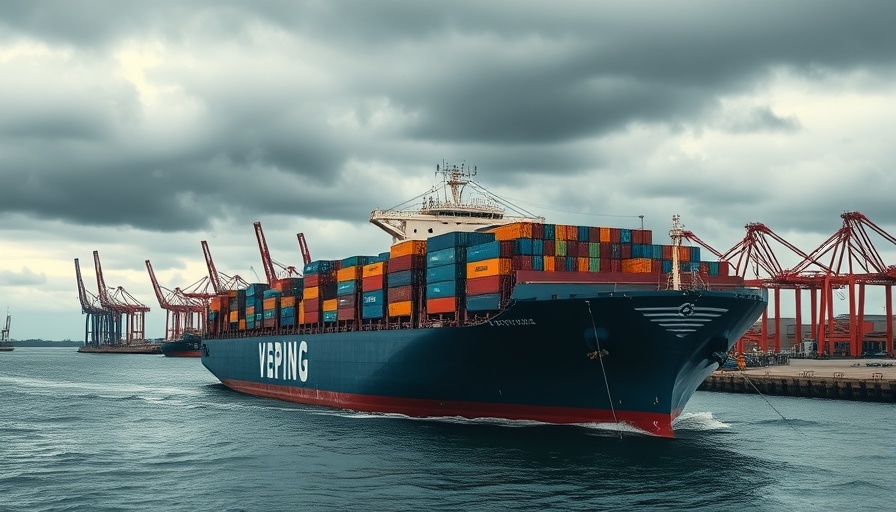
The Decline in Container Freight Rates: What It Means for Global Shipping
The Drewy World Container Index (WCI) has recently seen a significant decline, dropping by 11 percent to reach $3,445 per 40ft container. This value is not just a number; it represents shifting tides in global shipping dynamics. From its pandemic peak of $10,377 in September 2021, the index now sits 67 percent lower but remains a notable 143 percent higher than the pre-pandemic average of $1,420 in 2019.
This downward trend in container rates can be linked to various regional economic factors and changing demand. For instance, freight rates from Shanghai to key destinations such as Rotterdam, Genoa, and Los Angeles have all seen recent decreases. As the Chinese Lunar New Year approaches, Drewry anticipates spot rates may see a slight dip, influenced by the anticipated slowdown in activity during this holiday period.
Geopolitical Tensions Impacting Shipping Routes
Amid the backdrop of financial metrics, geopolitical tension in regions like the Red Sea complicates shipping operations even further. Maersk, a prominent player in global shipping, has decided to steer clear of the Red Sea, opting instead to navigate around Africa via the Cape of Good Hope. This pause in traversing the Red Sea reflects ongoing security concerns, highlighting the complexities of ensuring safe passage amidst conflicts in the region.
The decision by Maersk to avoid this route embodies a cautious approach towards international shipping. The company's priority remains the safety of its crew, vessels, and cargo, signaling to logistics managers and airlines that the dynamics of their supply chains may need reevaluation due to these new developments.
The Future of Shipping and Trading
As the world looks ahead, understanding these shipping fluctuations and geopolitical impacts becomes essential for businesses in logistics and travel. The establishment of the Gemini Cooperation, a partnership between Maersk and Hapag-Lloyd that launches on February 1, signifies new networks taking shape, albeit via more predictable routes for now.
With tensions persisting in crucial trading channels, companies will need to stay informed and agile to navigate this complex environment effectively. Embracing new routes and adjusting operational strategies will be critical as the industry braces for further changes.
 Add Row
Add Row  Add
Add 




Write A Comment